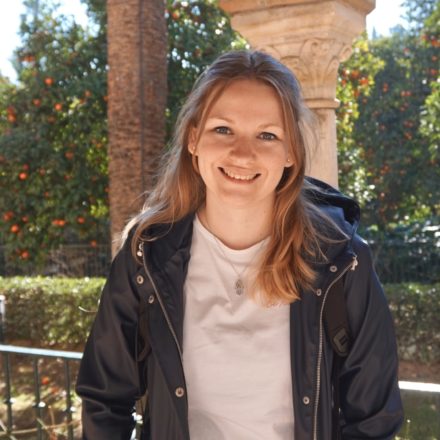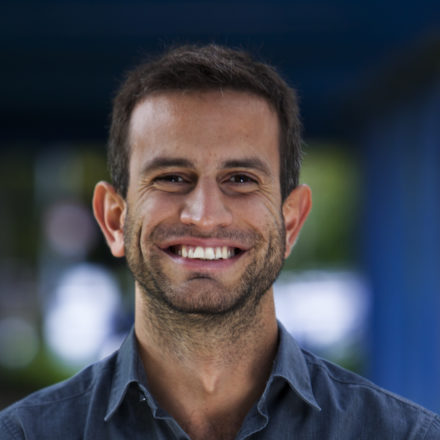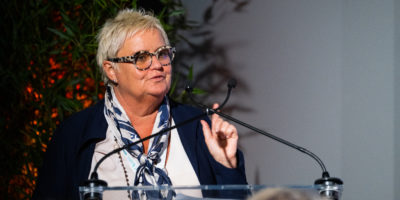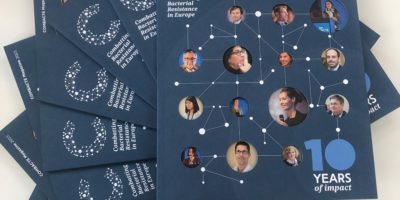Communications vs Science Communications – A Story
Strategic project communication and dissemination helps to increase the impact of research and innovation. Not only does it help explain the wider societal relevance of science, it also builds support for future research, ensures uptake of results within the scientific community, and opens up potential business opportunities for novel products or services. Most importantly, since Horizon 2020 projects use public funds, we owe it to the general public to explain what we are doing. In this series, communication professionals from COMBACTE and IMI share their experiences with project communication.
According to the Horizon 2020 communication, dissemination and exploitation guidelines, “excellent science needs effective communication and dissemination. Bringing research and its outcomes to the attention of non-scientific audiences, scientific peers, potential business partners or policymakers fosters collaboration and innovation.”
The COMBACTE Communications Office is responsible for all internal and external communications on consortium activities. Their mission is to ensure transparency, keep stakeholders informed, and most importantly showcase and disseminate the science produced in COMBACTE. Communication is a key element for all Horizon 2020 projects, including the Innovative Medicines Initiative (IMI) under which COMBACTE is funded.
In the second blog of this series, University of Antwerp’s European project Communications Managers Daniele Pazzola and Esther Kok share their thoughts.

“The big difference between working on EU projects such as RECOVER, PREPARE, VALUE-Dx or ECRAID and working in communications for a private company, is the target audience. There are a lot more stakeholders and interests involved in research projects. You have to communicate with researchers, other (academic) partners, as well as the general public. This means that for all communications you have different target groups and different messages.”
It is important to use the right communication tool for the right target group. “Communication is an industry that changes pretty quickly and new tools and devices are regularly developed. Projects are executed by researchers, but in the end the studies we do are for the general public. You probably won’t reach the general public with a newsletter, but rather via a press release or through social media. The research community, however, communicates through scientific publications instead of press releases. And for people working in the academic sector a newsletter is still really effective” Esther says.

“In public/private partnerships we use public funding. It’s important for the general public to know how taxpayers’ money is being spent. We have to show how the taxpayers’ contribution is being used in different research projects, and also showcase the results and achievements that stem from these studies. In RECOVER we really try to communicate to the general public all the work and clinical research we are doing during the COVID-19 pandemic.”
Esther agrees, “transparency is crucial because we work in the industry of health. We try to improve treatments and patient’s quality of life, so it is important to be honest and real about what we are doing.”
CHALLENGES IN PROJECT COMMUNICATION
For Esther the biggest challenge in project communication is “telling the public what we are doing and why it is important for them to know. Why they should perhaps have more interest in clinical trials.” Daniele agrees, he finds that communicating science can be very technical. “To communicate science to the general public or other stakeholders, we have to elaborate the message to make it more understandable and catchy. This is the biggest challenge in science communication as a lot of times the topics don’t look interesting at first glance, but our job is to make them look appealing.”
“You always have to find the balance between what you are promoting for the general public and what you decide to communicate to researchers” Esther adds. “As communication managers you always have to keep the broader picture in mind.”
-
“Before the COVID-19 pandemic not a lot people understood what science communication was about. Now everyone is interested, and it is motivating to work on something so relevant.”
Esther finds that due to the COVID-19 pandemic, project communications changed a lot. “During the pandemic we all had to make a quick shift in going digital. Even events and public relations communications had to go digital. This was not only a challenge for us as communication professionals, it’s also a challenge for those receiving the communication since they were also not used to it.”
“Now everything is online, which can save time and resources, but it is important to meet with people in real-life. Not being able to meet with the people you work with is a big disadvantage, also from a human perspective” Daniele adds.
REWARDS OF WORKING IN PROJECT COMMUNICATION
“I’ve worked for private companies before and for me the big advantage of working in project communication is that you’re working for one common goal” Esther says. “Although there are different projects involved, the goal is always the same: informing people about the clinical trials and the scientific work being done.”
Daniele has also worked in communications in both the private and public sector. “I’ve worked in communications for the private sector and at the European parliament, so I have experience with both. What I like about project communication is that it’s a combination, it has the advantages of both sectors. The advantage of the public sector is the ethical goal of the project, you’re working to improve people’s health. At the same time project communication has the dynamics from the private sector since we work with a lot of industry and pharmaceutical companies, which stimulates our creativity and challenges us.”
You can read more about the RECOVER, PREPARE, VALUE-Dx and ECRAID projects on their websites.
Related updates

“We Take Bigger Steps Together”

COMBACTE's Last General Assembly

COMBACTE Launches Last Magazine
COMBACTE launched its last magazine at ECCMID 2023 in Copenhagen. The magazine focuses on project’s impact, and features articles and interviews with ...